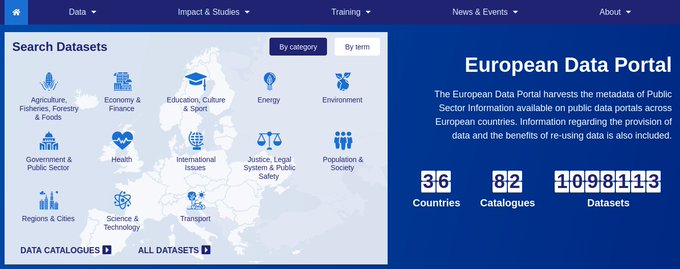if you are browsing the repository you can realise that now there are several data models ended with the term ‘_incubated’.
This suffix denotes that there will be ‘soon’ a new data model.
The readme in the folder points to the repository where this data model is being created.
Once finished (all the docs, examples, etc) the _incubated suffix will be removed and the data model will be fully included into the data models.
some examples:
BuildingType_incubated(published 30-11-21)
PhreaticObserved_incubated (published 31-5-2021)






